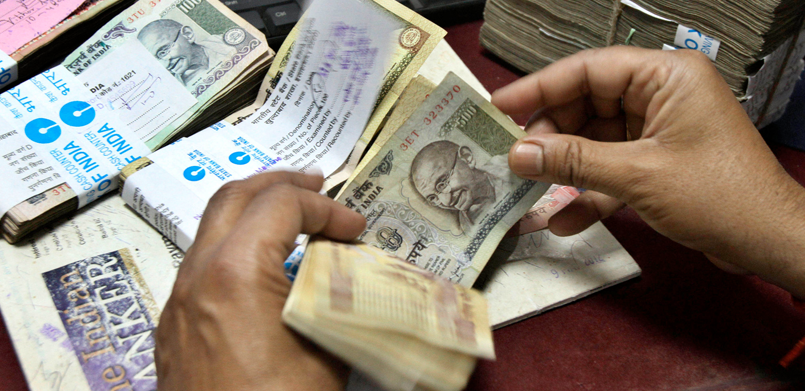
04 May UPI: India’s step towards cashless economy
Last month, India launched the next generation online payments solution – Unified Payments Interface (UPI) which will boost the digital money transfers. The goal of the launch is to bring banking and financial services to millions of citizens, many of whom are poor and disadvantaged. So far few banks have gone live out of the 29 banks that had concurred to provide UPI service to their customers.
UPI will enable people to initiate the payment requests via smartphones. It will allow customers to instantaneously transfer funds across different banks through a payment identifier like a virtual address. It will work on a single-click 2-factor authentication and will make mobile payments much faster and simpler. As per the press release, “UPI will allow customers to have multiple virtual addresses for multiple accounts in various banks. In order to ensure privacy of customer’s data, there is no account number mapping anywhere other than the customer’s own bank.” India’s biometric enabled national ID system ‘Aadhaar’ is the supporting infrastructure of UPI.
UPI is similar to M-PESA scheme launched by Safaricom in Kenya back in 2007. M-PESA also allowed the customers to send and receive money via mobile phones. With India having the world’s fastest growing smartphone market, this initiative will add to the mobile banking growth.
As per the report by PWC, more than 182 million new bank accounts were opened under Jan Dhan Yojna launched by the Indian government in 2014 for the citizens who didn’t have a bank account. Also, more than 233 million Indians have never been to bank and most accounts have a zero balance. Vinod Khosla, co-founder of Sun Microsystems believes that “UPI interface will bring banking to the unbanked”. Raghuram Rajan, Governor of Reserve Bank of India believes that UPI is one of many innovations in financial sector that will benefit the customer.
In order for UPI to succeed, the transaction fees will have to be set very low and banks have to keep it affordable as the average wage in India is around USD 300. RBI’s vision of cashless ecosystem and digital banking will be supported by UPI by boosting the adoption of mobile banking transactions as well as increasing smartphone adoption.
